Reportar esta entrada
Más sobre la misma comunidad-colección
Vista del distrito histórico de Sunset Heights
The image shows parts of the historic Sunset Heights district. ...
Vista hacia centro de El Paso y Ciudad Juárez
The image shows the cityscape of Ciudad Juárez with the Cerro ...
Primera Reunion de Pioneros, El Paso, Texas - 1904
The first pioneer reunion in 1904. The association decided to ...
Zona residencial de El Paso- Casa Turney
Looking towards Montana Avenue from Rio Grande Street we see the ...
Ambulancia tirada por caballos
The McBean & Carr Ambulance in front of Providence Hospital. Mr. ...
Francisco I. Madero acompañado de periodistas
Portrait of F. Madero with newsmen. Left to right: Felix ...

















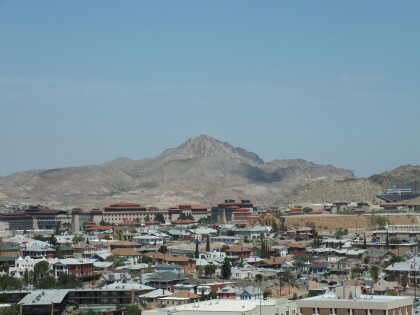
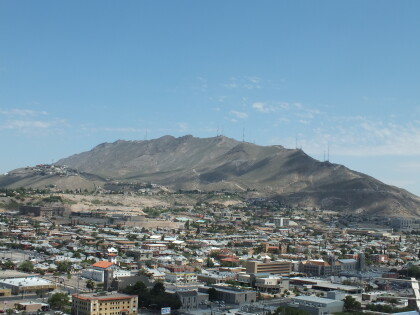
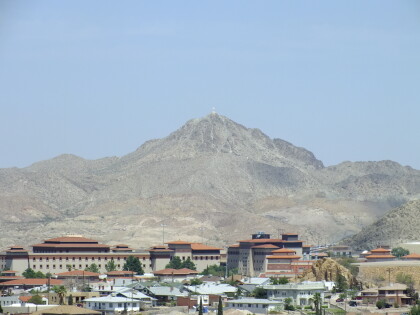
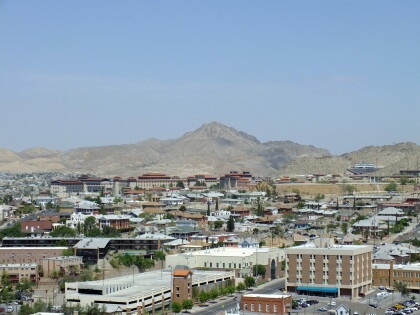
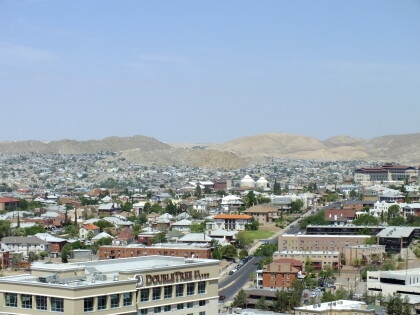
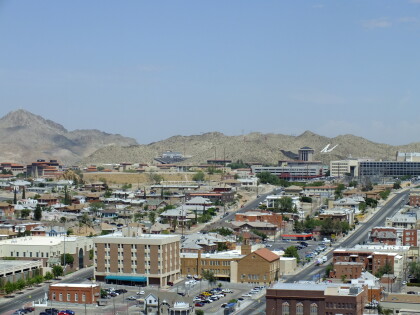
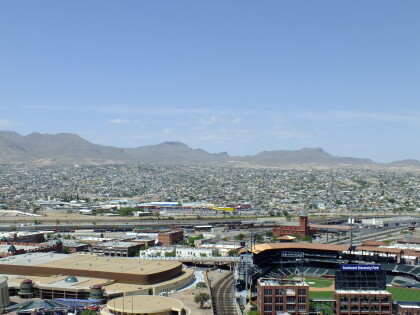
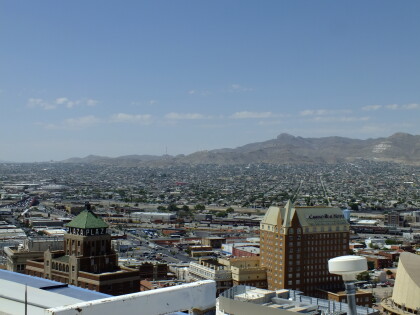
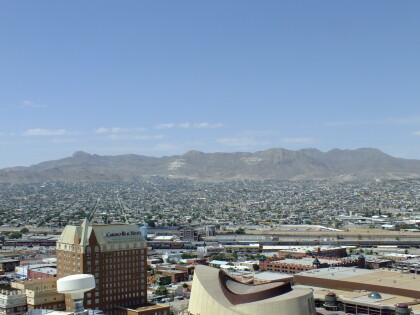
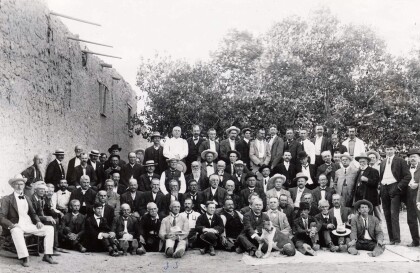
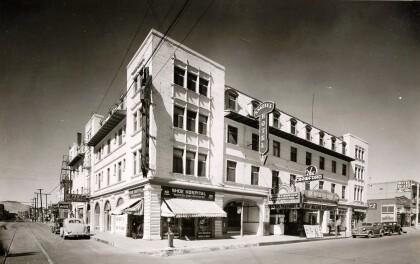
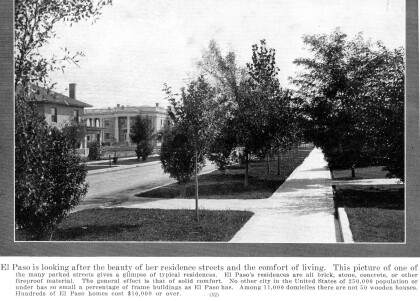
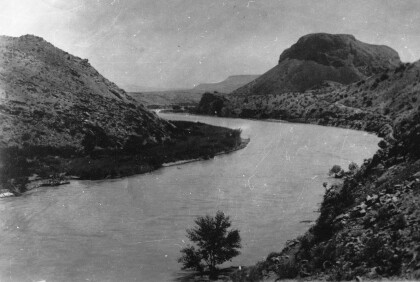
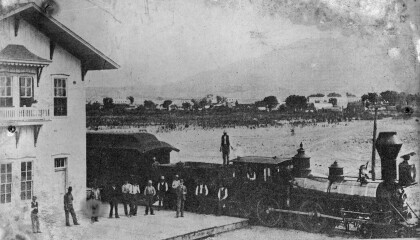
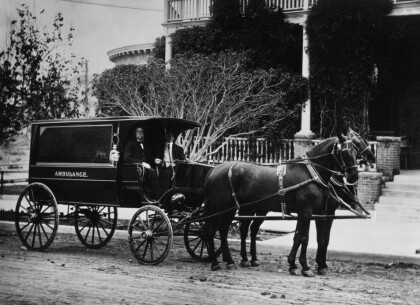
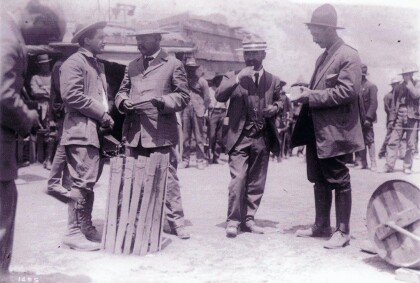
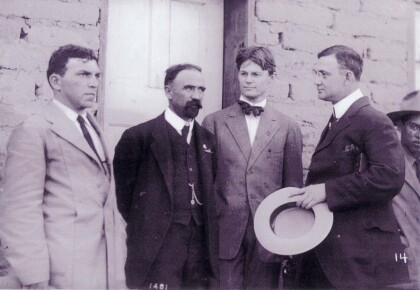
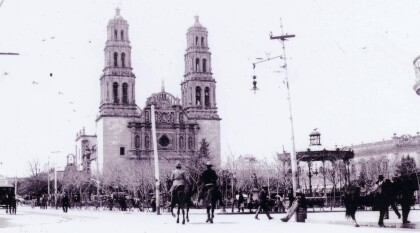
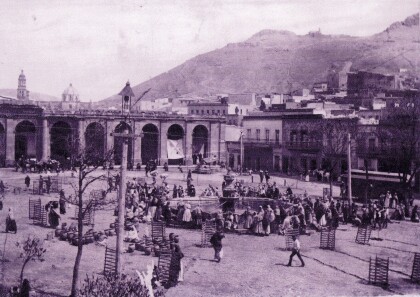
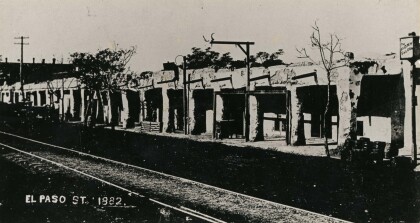
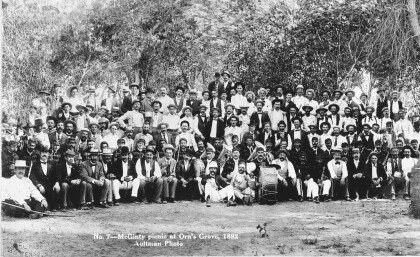
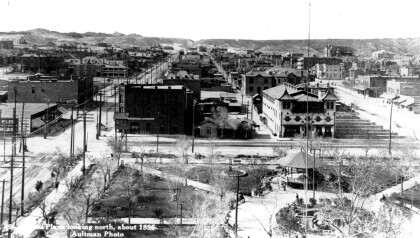
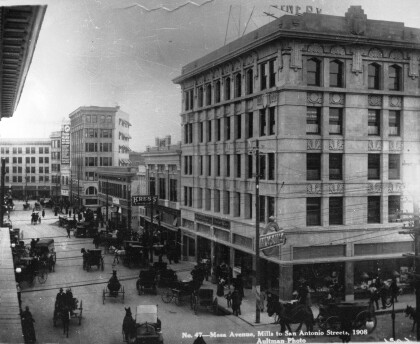
Comentarios
Hacer un comentario